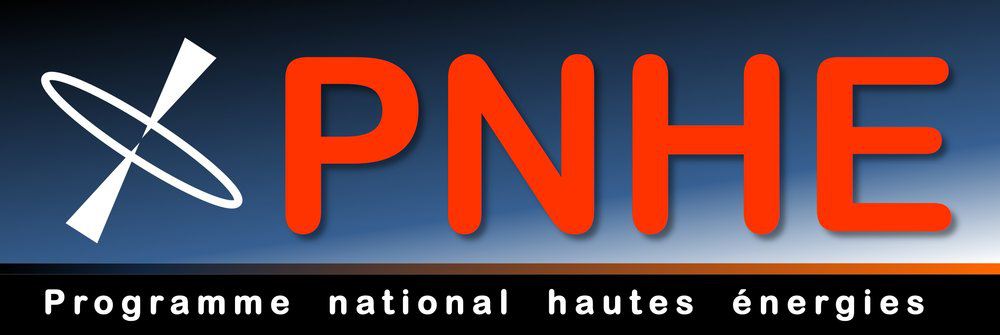Présidents de session
Shocks & Cosmic rays: Theory & Simulations
- David Maurin (LPSC)
- Stefano Gabici
Les simulations PIC ont révolutionné notre compréhension des phénomènes dissipatifs et d'accélération de particules dans les plasmas spatiaux et astrophysiques. Au cours de la dernière décennie, ces véritables observatoires et microscopes numériques ont rencontré de nombreux succès dans la communauté française, comme l'étude des chocs non-collisionnels, la reconnexion magnétique, ou encore...
Microturbulence produced by plasma instabilities plays an important role in the dynamics and dissipation mechanisms of relativistic astrophysical collisionless shocks, such as those associated with gamma-ray bursts and blazar environments. We present the tenets of an analytical model that describes the dynamics of the precursor of relativistic unmagnetized collisionless shock waves in...
Cosmic Rays with energies below a fraction of EeV are coming from our galaxy but the way they are produced and they propagate to the Earth is still widely unknown. I will address recent progresses made in our understanding of Cosmic Ray acceleration and propagation on the point of view of microphysics and phenomenological studies. Then, I will shortly discuss why Cosmic Rays feed back are...
Galactic cosmic-rays (GCRs) are thought to be accelerated in strong shocks induced by massive star winds and supernova explosions sweeping across the interstellar medium. But the phase of the interstellar medium from which the CRs are extracted has remained elusive up to now. We have studied in detail the GCR source composition deduced from recent measurements by the AMS-02, Voyager 1 and...

